When we hear the word ‘organist’, we tend to think of sombre churches and reverent recitals.
But Donald MacKenzie is an organist with a difference, adding a theatrical side to things as accompanist to silent movies.
It’s a genre that captivated him at an early age and one that sees him immersed in the era of the silent screen.
“In my early teens, I purchased a recording of Reginald Dixon performing at the Blackpool Tower and that kind of hooked me,” he recalls.
“Plus, BBC2 used to show a season of silent films back then and some of those were screened with organ accompaniment.
“I studied classical organ and piano to university degree level and I still play classical organ music.
“That grounding is essential in order to be a thoroughly rounded musician. Not just playing the organ but also accompanying other musicians and playing for religious services.”
Born in Ayrshire, Donald’s first “gig” was up the road in Glasgow in 1988 as resident organist at the city’s Garden Festival.
Since then, he has forged a long association with the Compton organ at the Odeon, Leicester Square, London and is in demand as recitalist in both classical and theatrical genres.
But it’s the theatrical side of things an audience will see on November 10 in the Caird Hall when Donald improvises on the Harrison and Harrison organ during the screening of The Flying Scotsman, a silent movie released in 1929.
The Flying Scotsman will screen in Dundee
“Flying Scotsman is a special film in British movie history,” he continues.
“The film was originally meant to be a silent film but while they were making it, the talkies came in. In order to step-up to this new technology, a couple of scenes were re-shot with dialogue.
“However, a silent version was also released and we will be showing this one. It shows LNER locomotive Class A 4472, The Flying Scotsman, which is celebrating its centenary this year.”
And what a better instrument to present it on then the organ of the Caird Hall – which also celebrated its centenary this year!
“I have performed at the Caird Hall on a number of occasions now and the organ is a joy to play.
“The characteristics of it is that of an orchestral organ, and the cinema or theatre organ grew out of this type of instruments.
“The early cinema instruments were often known as a Unit Orchestra or a Kinestra (Kinema & Orchestra combined) and this genre is most suitable to providing exciting and entertaining accompaniments to the great silent films.”
Rekindling art form of movie accompaniment
However, Donald realises that some parity is important between his role as accompanist and the on-screen action.
“I always feel I am there to accompany the film so that it’s supporting the action, making it more exciting by working up the music at certain points. I want to give the audience a great night out through presenting the film in the best possible way.”
It’s fair to say that performers like Donald are re-kindling an art form that was common place a century ago but one that is re-emerging as an attraction in its own right.
“I have been playing for silent films since I was 14 and I have known some of the great performers who accompanied them originally,” says Donald.
“I think it’s amazing that audiences today can laugh at, be thrilled with or frightened by films which were made over 100 years ago. It shows that the art was spot-on in the heyday. I think some of the themes are just as pertinent today as they were last century.”
It’s an exciting prospect for those who will attend Donald’s performance and the screening of “Flying Scotsman”. What you’ll hear is what you’ll have never heard before and what you will never hear again.
“My preparation is to know thoroughly two things – the film and the organ. I want to be relaxed with the instrument, knowing where to find particular sounds that I might wish to create and to be able to accompany the film.
“That’s a musical underpinning of the film, to be able to heighten the action and the dramatic content that is on the screen. Most importantly, my performance is improvised.
“It’s unique to the audience on the night.”
Silent Movie Night, Caird Hall, November 10, 7.30pm. For tickets or more information, contact Dundee City Box Office: 01382 434940.
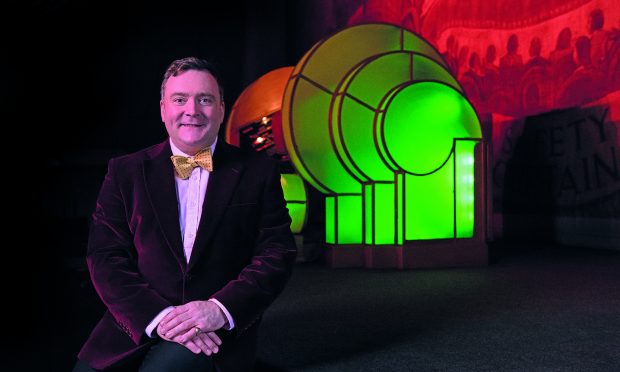
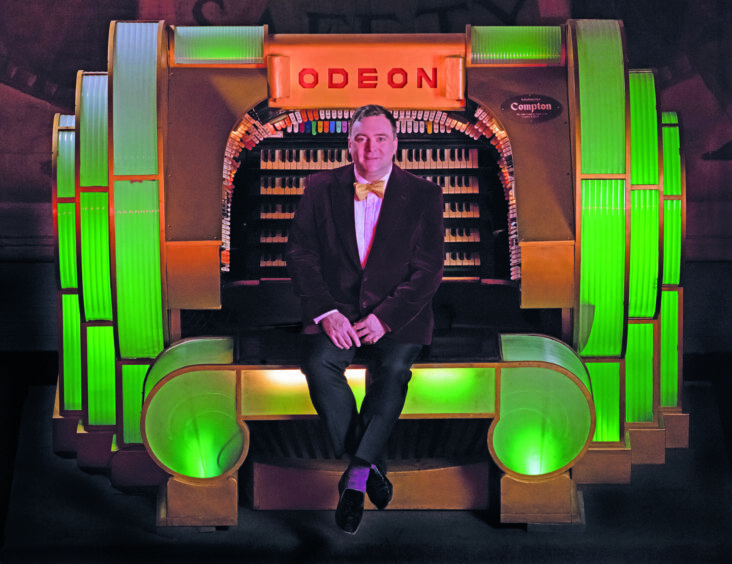
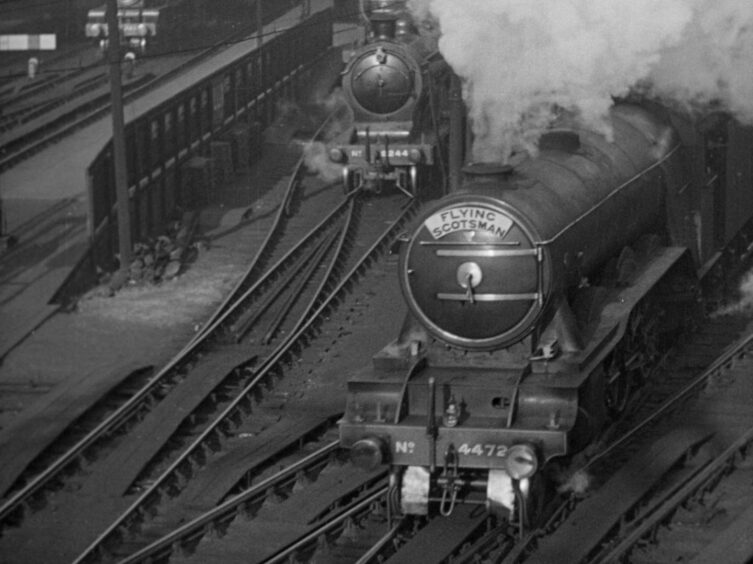
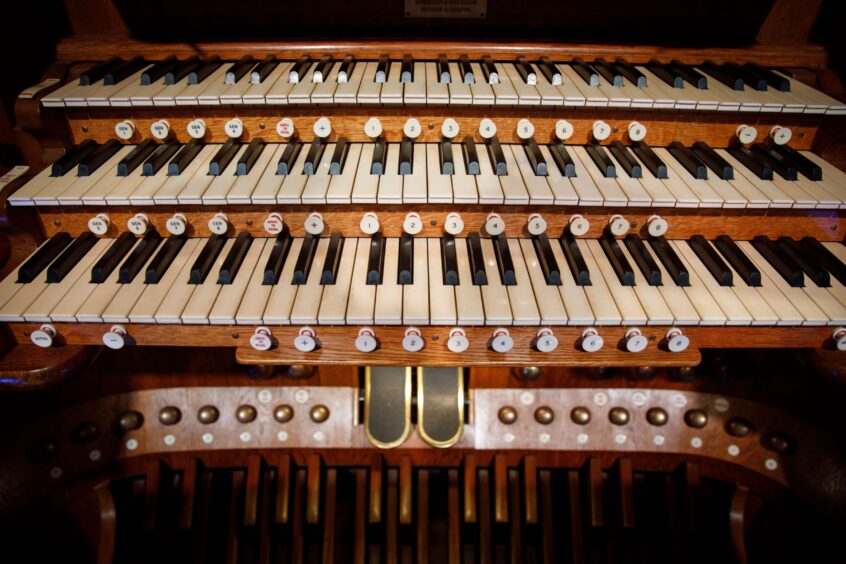
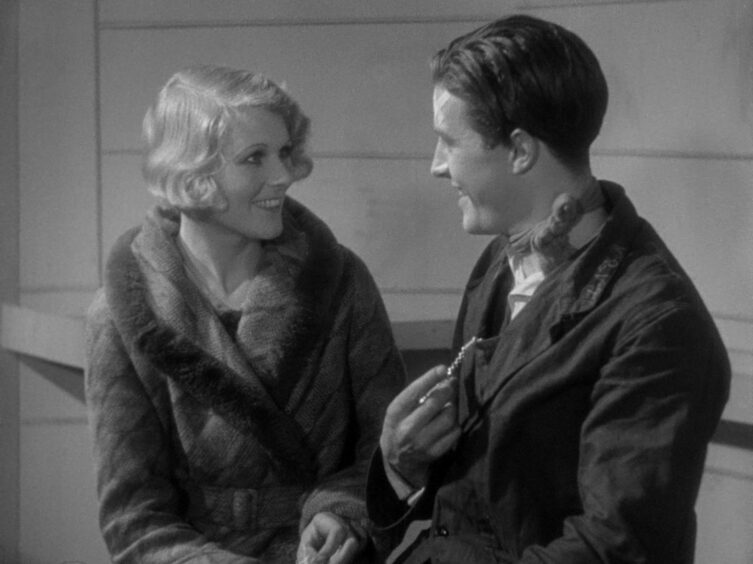
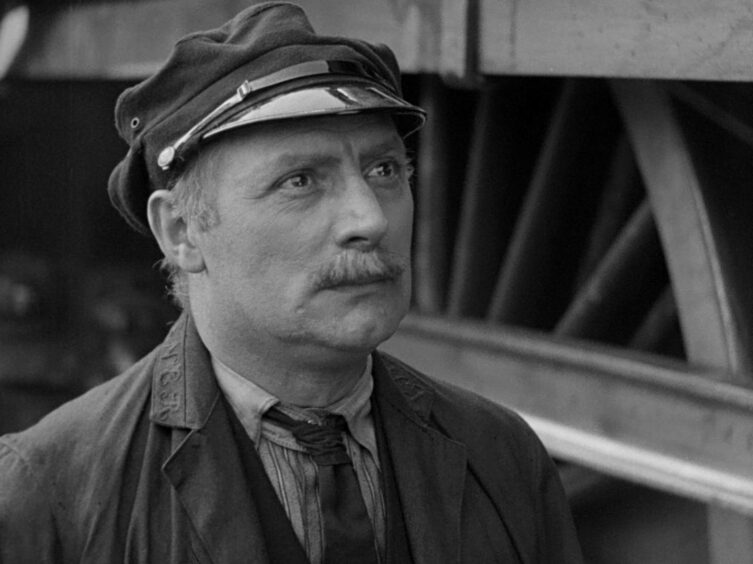



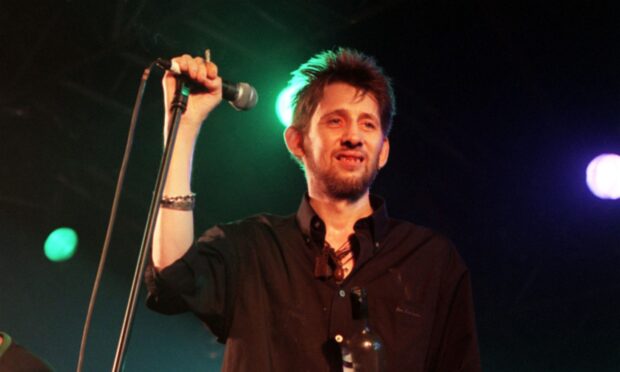

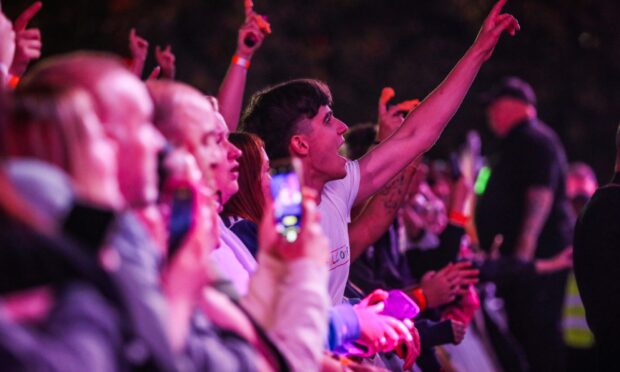
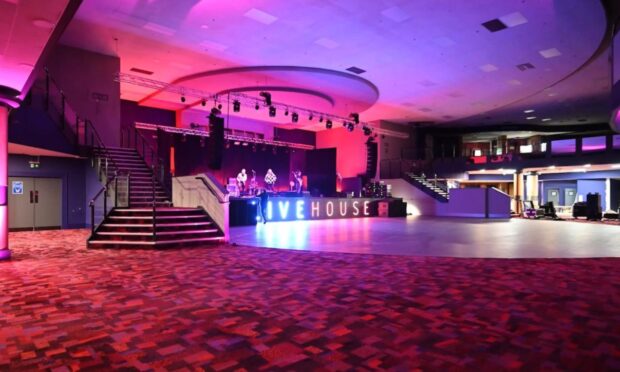
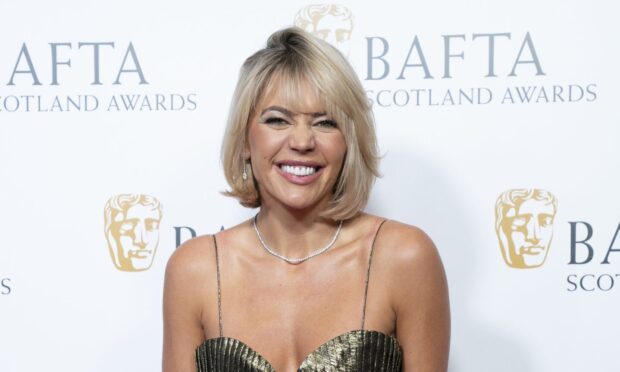

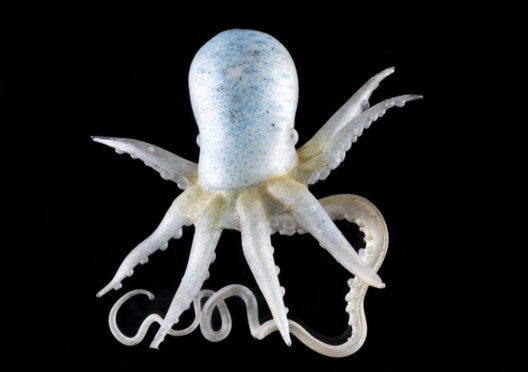
Conversation